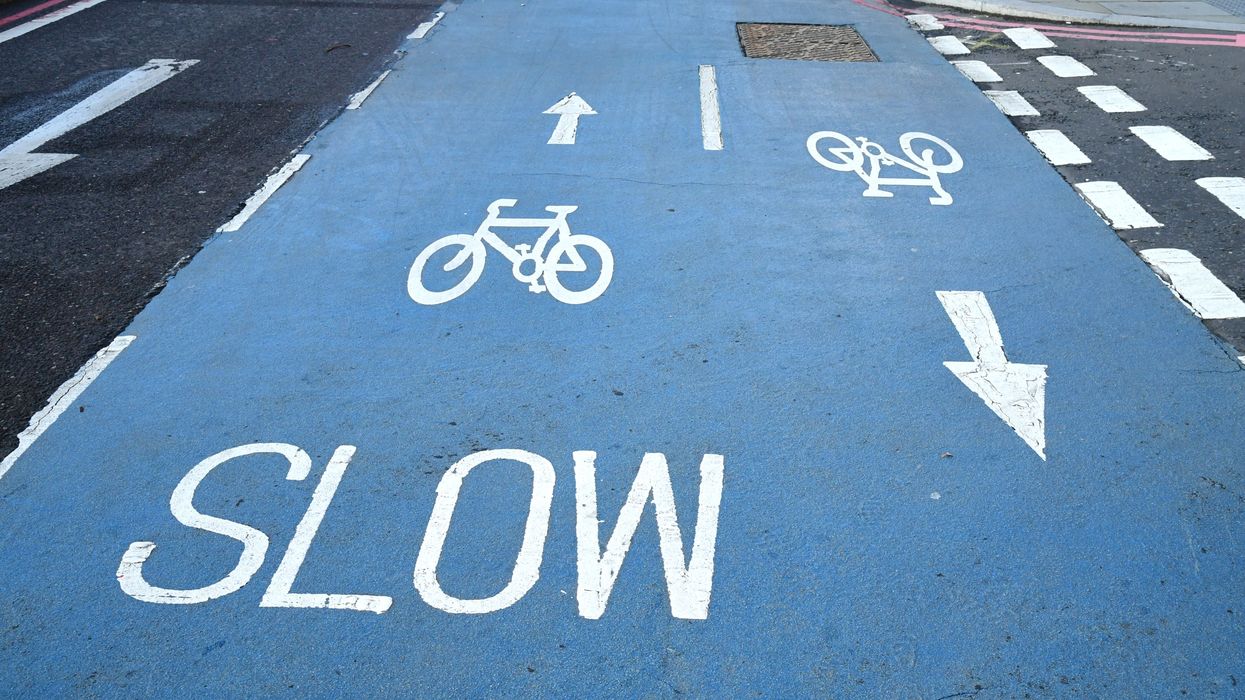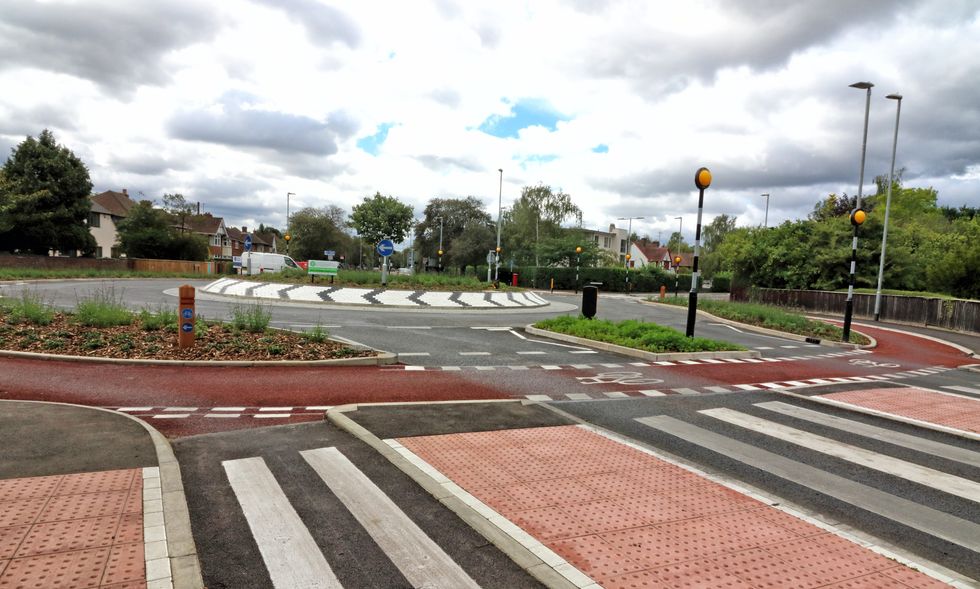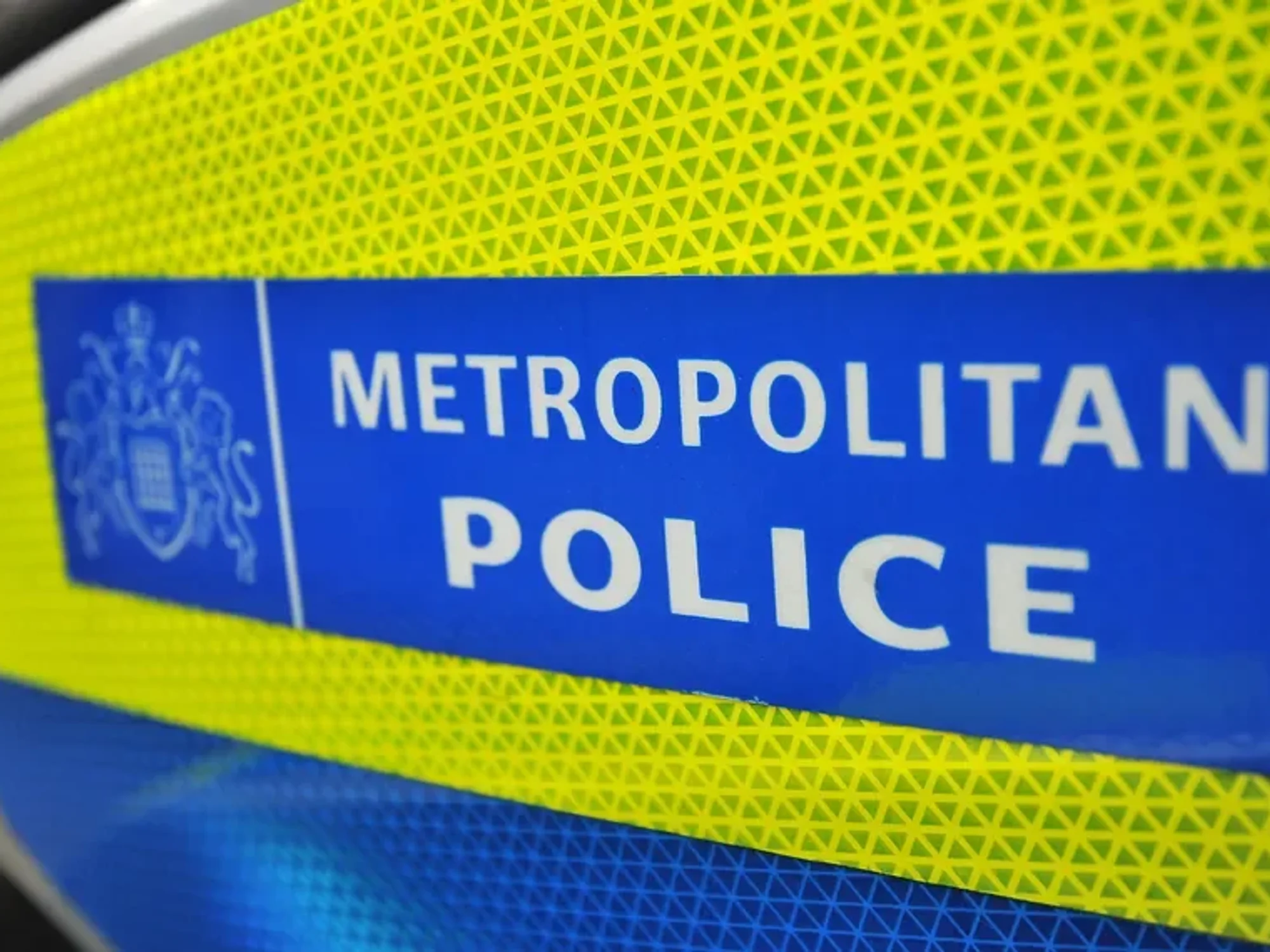Drivers risk £1,000 fine for ignoring little-known road markings that could break Highway Code rules

Experts are calling on drivers to familiarise themselves with the road rules | PA

'It never hurts to brush up on your driving knowledge, especially if you are going on a staycation or road trip'
Don't Miss
Most Read
Experts have issued a warning to motorists to ensure they do not break road rules or they could risk huge fines for dangerous driving.
Rules 127 to 132 of the Highway Code outline how lines and lane markings on the road dictate the correct flow of traffic.
Despite this, many motorists are confused by some less-common street markings, as highlighted by "Britain's most bonkers" stretch of road in Clevedon, Somerset.
The £1.5million project saw a number of road markings painted outlining a 20mph speed limit, a cycle lane and a strange wiggly line in the middle of the road.
Do you have a story you'd like to share? Get in touch by emailing motoring@gbnews.uk

Experts are warning that some road markings will predominantly be seen in urban areas
|GETTY
The confusing markings caused fury when it was first installed, with the wiggly line seemingly not having any bearing on where or how vehicles should drive when navigating the road.
Experts have now called on drivers to familiarise themselves with road markings which may be more misunderstood.
This includes "cat's eyes" markings which communicate different road rules depending on the colour, although there isn't a one-size-fits-all approach.
If the lights show a white or warm white colour, it generally means there is a lane division, while red or amber denotes a restriction, meaning motorists cannot cross the markings under any circumstance.
A green light allows drivers to cross over the lines, with these normally being found on slip roads and in lay-bys.
According to the Road Traffic Act 1988, anyone who fails to comply with road markings can see themselves hit with a fine, potentially worth £1,000 for driving in a dangerous manner or without due care and attention.
When there are double white lines where the line nearer to the drive is solid, motorists must not cross or straddle it unless it is safe and they need to enter an adjoining premises or a side road.
Similarly, if there are double white lines and the line nearest the driver is broken, they are able to overtake if it is safe to do so and they can complete whatever manoeuvre they are trying.
Richard Moss, Head of Civils at Instarmac, commented on the warning, urging drivers to remind themselves of road rules before setting off.
He said: “It never hurts to brush up on your driving knowledge, especially if you are going on a staycation or road trip.
"Some of these markings are almost exclusive to big cities or country roads, so it’s not a surprise that those of us from towns scratch our heads every once in a while.”
While some drivers may think double yellow kerb markings are a sign of a poor paint job, it actually means that it is illegal to unload or load in the marked area.
LATEST DEVELOPMENTS:

Mark Harper holding a new road sign
| DEPARTMENT FOR TRANSPORTHowever, it is legal to drop off or pick up passengers, as long as this is done in a quick manner, with these often being seen in busy towns and city centres.










